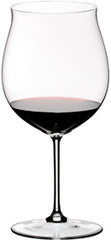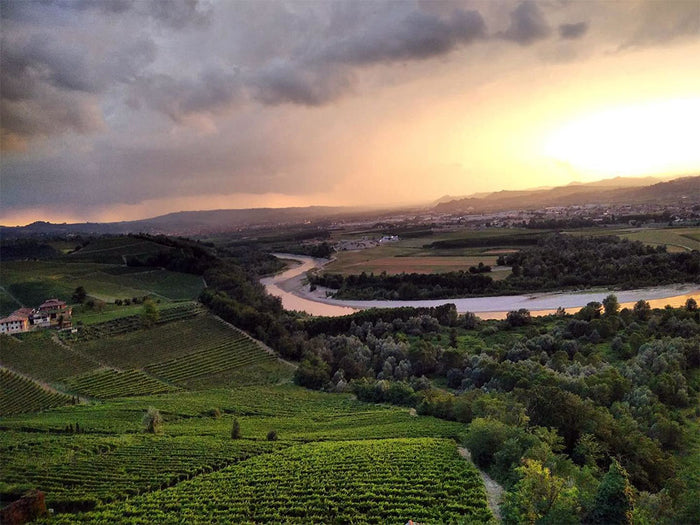Awards
Details

Perfume

Color

Taste
Serve at:
18 - 20 °C.
Longevity:
Over 25 years
Decanting time:
1 hour

Pairings
- Start up year: 2002
- Oenologist: Andrea Paglietti
- Bottles produced: 90.000
- Hectares: 4
Careful management of the vineyards is essential to bring high quality grapes to the cellar. The classic Guyot vine training system is utilized and the harvest is manual. The care of the vineyard is precise, marked only by the variability of nature that makes every harvest unique.
Yields are controlled and harvest is manual to guarantee the quality of the grapes. This is the philosophy of Massimo Rattalino: excellent wines can only be obtained from an excellent raw material.
Work in the cellar gives continuity to what happens in the vineyard. Fermentation takes place mainly in steel, while aging in large Slavonian oak barrels is our choice to enhance the elegance of our wines. Only for the more structured Barbaresco and Barolo the large barrel is accompanied by a passage in tonneaux which, thanks to a slow oxygenation, gives soft and pleasant tannins. Read more


| Name | Rattalino Barolo Bussia Selezione 35 2017 |
|---|---|
| Type | Red still |
| Denomination | Barolo DOCG |
| Vintage | 2017 |
| Size | 0,75 l |
| Alcohol content | 14.5% by volume |
| Grape varieties | 100% Nebbiolo |
| Country | Italy |
| Region | Piedmont |
| Vendor | Rattalino Massimo |
| Origin | Monforte d’Alba (CN) |
| Climate | Altitude: 300 m. a.s.l. Exposure: South and South-East. |
| Soil composition | Clay and fine sand. |
| Cultivation system | Classical Guyot. |
| Yield per hectare | Maximum of 6,500 kg. |
| Fermentation temperature | 30-25 °C |
| Wine making | In stainless steel vats with the submerged cap method and maceration on the skins for more than twenty days. The fermentation temperature is kept initially at 30 °C and then reduced to 25 °C. Around 20% of the grapes are semi-dried before vinification. The malolactic fermentation occurs at the end of alcoholic fermentation and after the drawing off. |
| Aging | 3 to 4 years in tonneaux, depending on the wine’s evolution, followed by 6 months in stainless steel tanks and a further 6 months in bottle. |
| Allergens | Contains sulphites |






